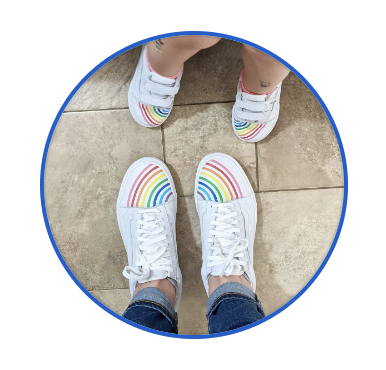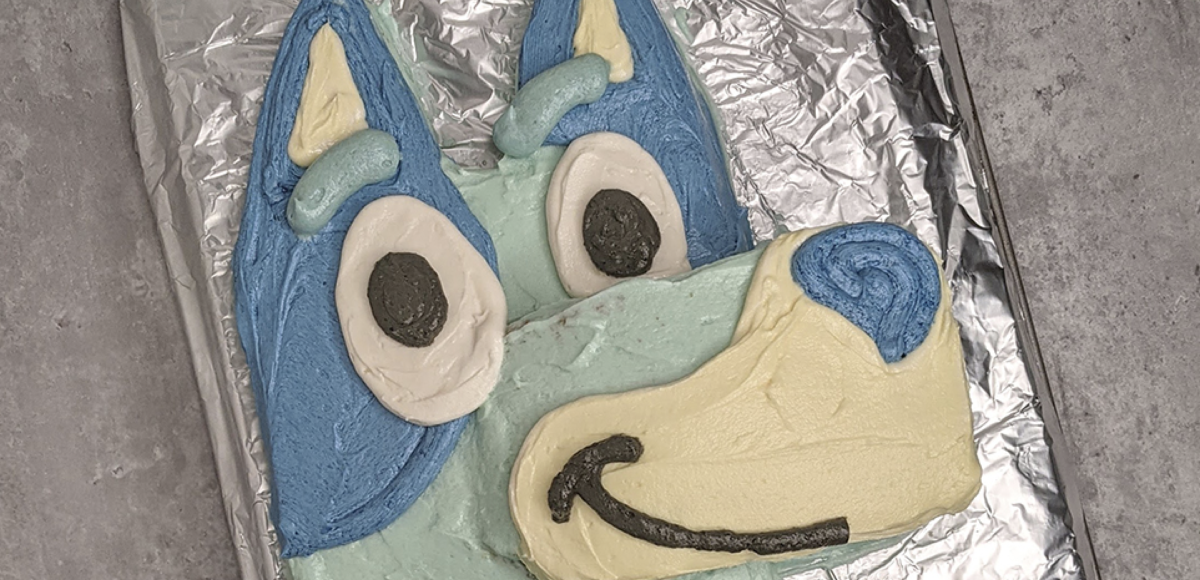This post may contain affiliate links. Every link is hand-selected by our team, and it isn’t dependent on receiving a commission. You can view our full policy here.
Hang with me for a minute, because this topic is a little morbid. It may seem too dark to feature on a site dedicated to making your weekdays a little brighter, but that’s the thing: Life Between Weekends isn’t about solely focusing on the warm and fuzzy, and glossing over everything else. It’s about honestly exploring the world around us; often, the most enjoyable days are the ones where we learn something new or look at a topic in an entirely new way.
So today, I’m writing about death.
Or rather, the visions people have just before dying. Dr. Christopher W. Kerr, a physician at Hospice Buffalo, has been researching the therapeutic role of patients’ end-of-life dreams and visions. These dreams — experienced while asleep or awake — often follow a few themes, which usually boil down to a few key categories, according to the New York Times, which overlap considerably: the chance to meet with the dead, seeing that loved ones are waiting for them on the other side, and taking care of unfinished business.
Often, these visions go unreported or shunned, some say, because they’re written off as hallucinations or simply that, a dream. The thing is, denying the vision or refusing to talk about it hurts the patient the most — it keeps them from processing the fact that he or she is dying. It’s cathartic, in a way, to have these discussions, and it’s a small way to truly care for someone who’s going through a challenge we all must face at some point.
Anne Banas, a neurologist at Hospice Buffalo, lists a few questions to consider:
- “Is there meaning to the vision or is it disorganized?”
- “If there is meaning, does that need to be explored?”
- “Does it bring comfort or is it distressing? We have a responsibility to ask that next question. It can be cathartic, and patients often need to share. And if we don’t ask, look what we may miss.”
The thing that really struck me about the article was just how therapeutic — and helpful — it was to have these conversations, and to be open to whatever the person you care about wants to discuss, be it a dream or the infomercial they saw last night. In these situations, I often find myself torn between wanting to keep the conversation light and happy, and having a conversation with depth and meaning.
Dreams may be a good place to start, when all other words fail you.
Lead photo: Nathan Davison
This post originally ran on February 16, 2016. It has since been updated for clarity and SEO.




